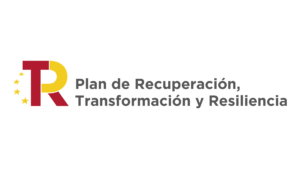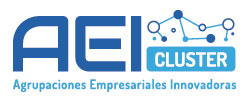DTCONEDAR
Online control via a Digital Hybrid Twin to improve energy efficiency in WWTPs
Online control via a Digital Hybrid Twin to improve energy efficiency in WWTPs
Implementation period
September 2022 – April 2023
Field of work
Digital technology
Adaptive management and governance
Participants
FACSA https://www.facsa.com/
DIAMA https://www.laboratoriosdiama.com/
ELECTROINGENIUM https://www.electroingenium.es/
NABLADOT http://www.nabladot.com/
CLENAR https://clenar.com/
ZINNAE https://zinnae.org/
Grants
Project supported by the October 2021 call for proposals to support AAEEII of the Ministry of Industry, Trade and Tourism, financed by the European Union – Next Generation EU File no. AEI-010500-2022b-196




Description
The situation of water stress and desertification is worsening, especially in southern Europe, which is making it necessary to resort to water reuse as a key component of integrated water resource management. In addition, the new quality criteria defined by European legislation, both for water treated in WWTPs that is discharged into a receiving medium and for water reclaimed in tertiary treatment for reuse, are becoming increasingly restrictive. For all these reasons, it is necessary to keep up the pace of improving the efficiency of the processes in the WWTP, based on their knowledge and through the application of new digital tools that allow these processes to be improved.
Objectives
The main challenge to be addressed by the integrated water cycle sector at national level, especially in wastewater treatment, is its digital transformation. This will make it possible to be more efficient in the elimination of pollutants and reduce the energy consumption of the processes. Therefore, the main objective of the DTCONEDAR project focuses on the development of a hybrid digital twin to carry out a more efficient control of the main water treatment processes in WWTP, tertiary treatment (during phase 1) and secondary treatment (phase 2), focusing on energy efficiency and improving the performance of pollutant removal. DTCONEDAR is conceived as an industrial research project, with many innovative aspects, necessary to advance in the digital transformation of the water industry 4.0, to respond to a current need in the water treatment sector such as the implementation of digital twins, which in addition to using data from sensor measurements, use data calculated from simulators, which has already been successfully implemented in other industrial sectors. The incorporation of models using simulators makes it possible to reproduce the behaviour of the processes in detail, understand their dynamics and propose new control and automation strategies for the plants.
Results
Two of the main aspects to highlight of the digital twin of the DTCONEDAR project are (i) the level of detail of the models to be implemented, as they will contemplate the hydraulic behaviour and the specific reactions of the processes; (ii) the development of fast response models, which will allow real-time calculations, and which will allow a digital twin with a simulator to be connected to a SCADA supervision system, providing online information to be used in the control of the plant. This will be a breakthrough for WWTP process models, which currently have long computation times and only provide offline simulations.